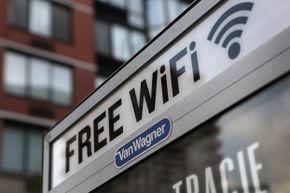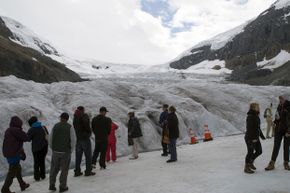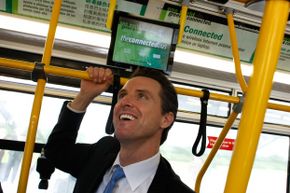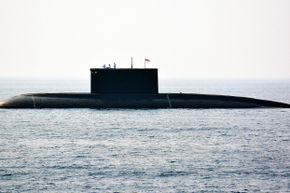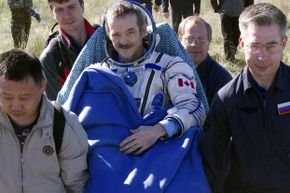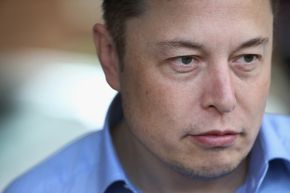Ever watched "On the Waterfront"? That's the one with Marlon Brando playing a has-been prize-fighter. The plot revolved around a union of stevedores on strike in the 1950s. But go down to a 21st century port, and you won't see anybody toting around a longshoreman's hook anymore. In fact, you won't see many stevedores at all. What happened? Containers. In 1955 a trucking entrepreneur from North Carolina named Malcolm McLean had a very bright idea. Instead of employing a lot of stevedores to pack and unpack boxes and crates of all different sizes and shapes, it occurred to him that you could just throw everything into a few big metal boxes. Make all those boxes the same size and durable enough that you can load them straight from a truck to a ship and back to a truck again with the simple expedient of a crane. The result: a revolution in global trade [source: World Shipping].
Why are we talking about containers when we're supposed to be talking about WiFi? Are we off-topic? Only a little. Because containers and WiFi share a very important historical factor — Coopetition. That's a fancy business neologism referring to a practice whereby rival companies cooperate for mutual benefit. When Malcolm McLean had his brilliant insight, he realized it would work best if he didn't patent the idea, but made it available to everyone. If everybody could agree on an international standard for the size of containers, trade would increase. His rivals would benefit, but so would he. Stevedore jobs would be filed under collateral damage.
Advertisement
The story of WiFi goes back to 1985 when a forward-thinking engineer at the Federal Communications Commission (FCC) promoted the idea of releasing certain bands of the wireless spectrum to communications entrepreneurs. These were bands unused by radio or TV. Vendors soon began developing proprietary technology to take advantage of the newly available bandwidth, but it took them a while to realize they needed to work together. There wasn't much point in the whole thing if one type of equipment couldn't communicate with another type.
In 1988 a group of tech companies formed a committee to create an industry standard. It took nearly 10 years of wrangling to get all the interested parties to agree on the new standard, and in 1997 the first one was published. Two years later the standard was refined and simplified, and companies began producing devices that were compatible with the technology. But it still needed a name. Branding consultants were consulted. "FlankSpeed" was rejected. So was "DragonFly." "WiFi" sounded like hi-fi, which in turn reminded customers of how any CD could work in any player regardless of who manufactured it. "WiFi" won the naming contest [source: The Economist].
Two decades later, ethernet cables have, like stevedores before them, seen their populations dwindle. But with the decline of cables and the rise of WiFi has come a vertiginous increase in internet use. There are so many things we can now do with our wireless devices that our usage habitually outstrips our data plans.
So where can we go to poach free wireless access?
